
Half French, half American, and bilingual, Niki de Saint Phalle was (born Catherine-Marie-Agnès Fal de Saint Phalle, 29 October 1930 – 21 May 2002) was a French sculptor, painter, and filmmaker. Niki de Saint-Phalle taught herself painting and rose to artistic prominence through her colorful monumental outdoor sculptures of extravagantly voluptuous female figures. Early in her career, she became known for the abstract paintings she made by placing paint-filled bags above canvases and shooting them—a form of protest against patriarchy and rigidity. Her passionately lived life provides the raw material for her works. Driven in part by aggressiveness, in part by the joy of life and love, and infused with humor and an enormous capacity for work, de Saint Phalle has been able to make the wounds of life productive for her art.

Niki de Saint Phalle, “Heads of State (Study for King Kong)” (spring 1963) (© BPK, Berlin, Dist. RMN-Grand Palais/Michael Herling/Benedikt Werner)
After her childhood in an upper middle-class family and a strict Catholic education in an American convent-school, among other schools she attended, Niki eloped at eighteen with a young American, Harry Mathews, and had two children. Following a psychological breakdown she used painting as therapy while still in the mental hospital—her early art was thus the attempt of an autodidact to transform her dreams and terrors into images. The idea of the “shooting paintings” evolved: white sculptures and assemblages with enclosed containers of paint which would be shot at, thus releasing aggression and causing the paint to pour over the image. The “shooting paintings” attracted attention and were de Saint Phalle's first success. She said of them: “In 1961 I shot at Papa, at all men, at important men, fat men, men, my brother, society, the church, the convent, school, my family, my mother….” The campaign of liberation carried out in the “shooting paintings” reached its conclusion with the monumental image King Kong.

Niki de Saint Phalle, “Les Trois Grâces” (“The Three Graces”) (1995–2003) (photo by Veronique Bidinger)
And then there were the Nanas, which made their creator famous. The first figures, still made of wire and fabric, were exhibited in Paris in 1964. In 1966 the first large project followed in Stockholm's Moderna Museet: a 27-meter-long reclining female figure which could be walked through, entering via the vagina. She was the original mother of all the Nanas to follow; monstrous, serenely happy, brightly painted, provocative and outrageous, the Nanas would soon captivate the world.
"A revolution is a struggle to the death between the future and the past." ~ Fidel Castro
Hollywood has lost one of its iconic TV moms.
I’m synesthetic (a condition where one type of stimulation evokes the sensation of another), so my colors and textures are eclectic while having a strong unifying undertone.
"My work deals with the undefined, with sensuality, and with the interaction between strength and fragility. "
"Thinking outside of the box lends a unique creative focus motivating me to consistently come up with fresh ideas to sell or buy art and real estate."
Meet Alex Biffin and get to know Australia's HOTTEST Export! These boys hit the Vegas stage every night to deliver a fully interactive and intimate experience. When in Vegas ladies ...
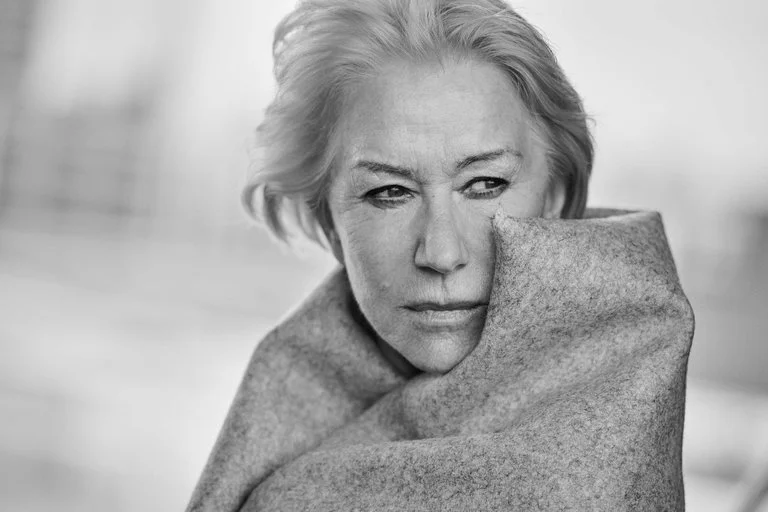








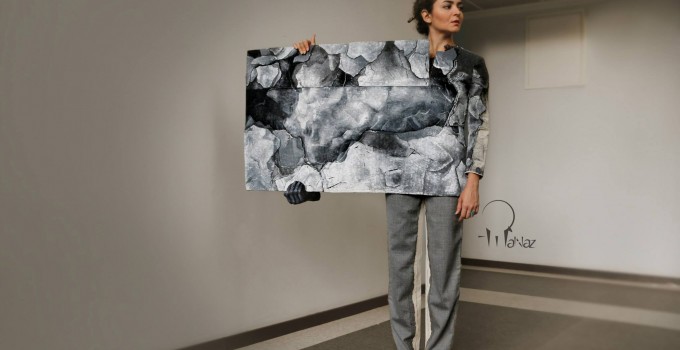


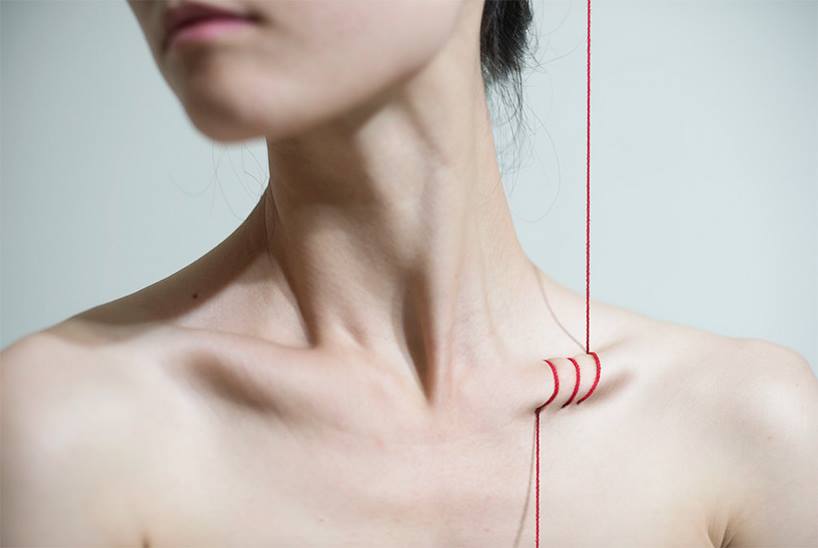
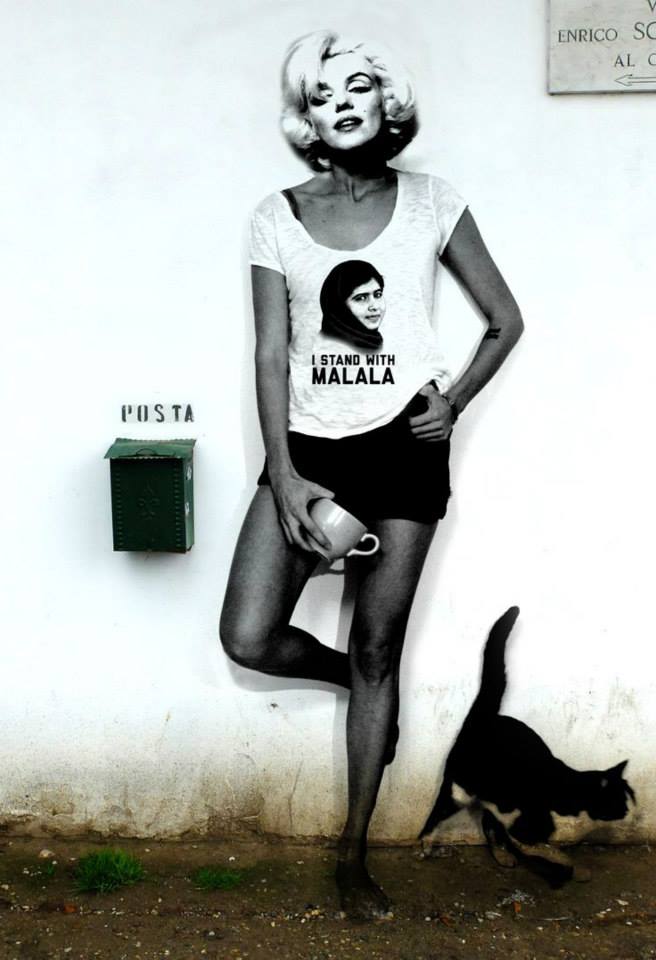


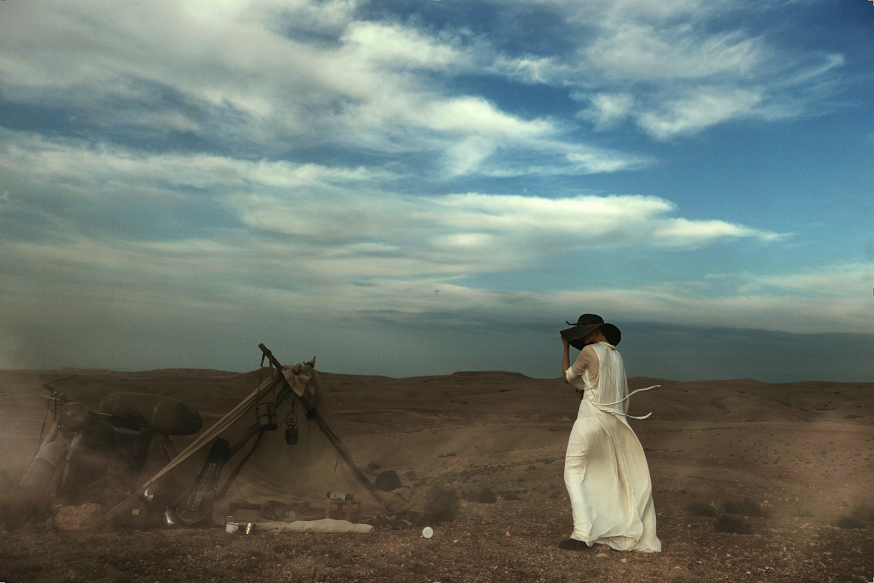





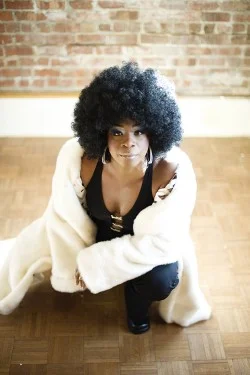




Why duo decided to leave the brand?